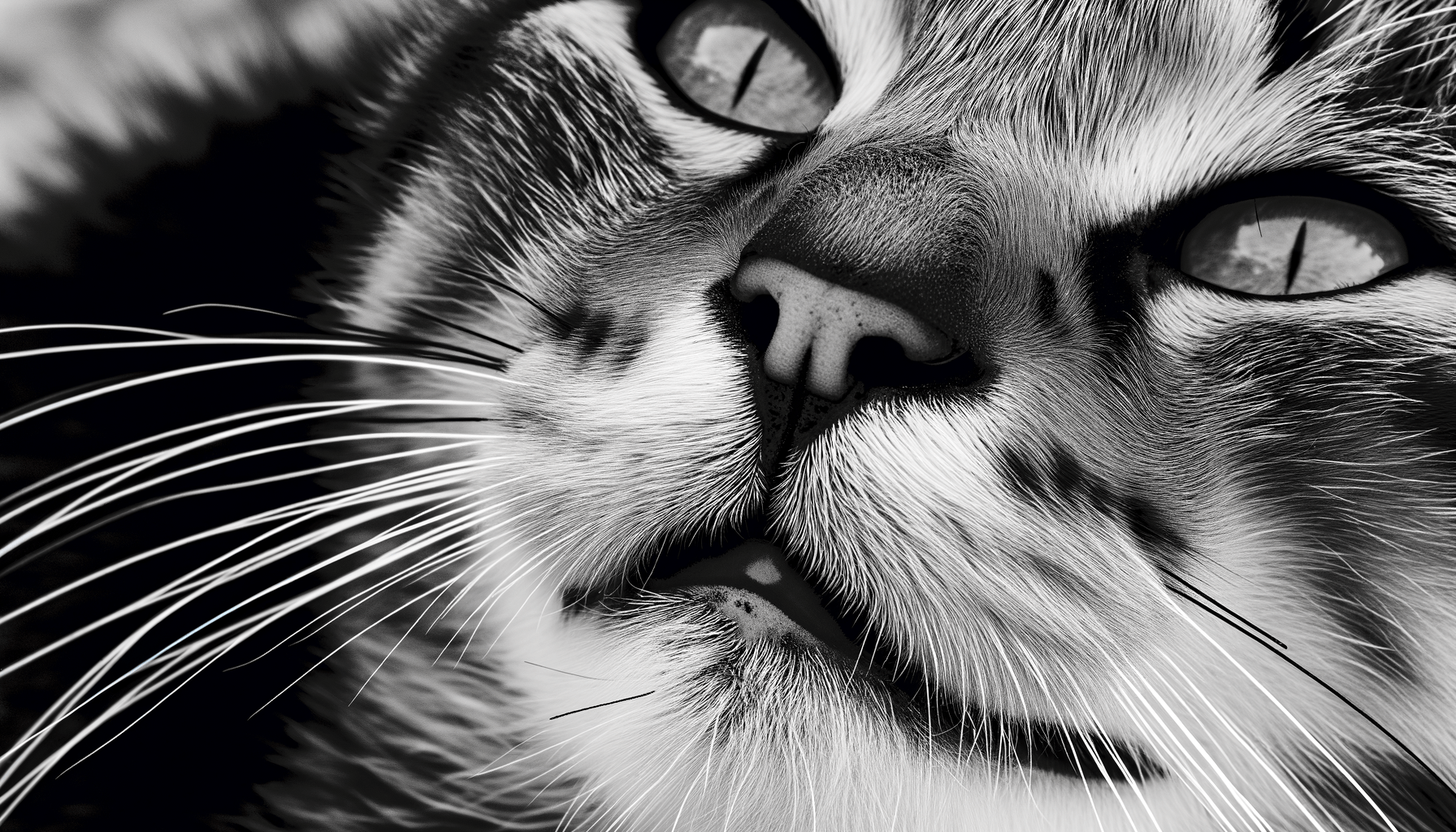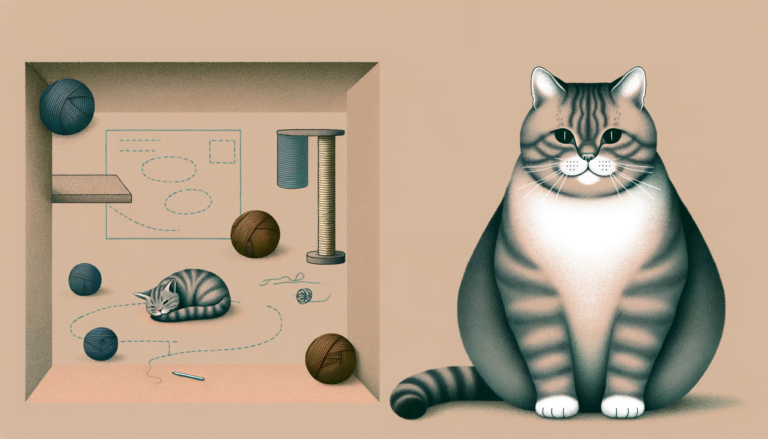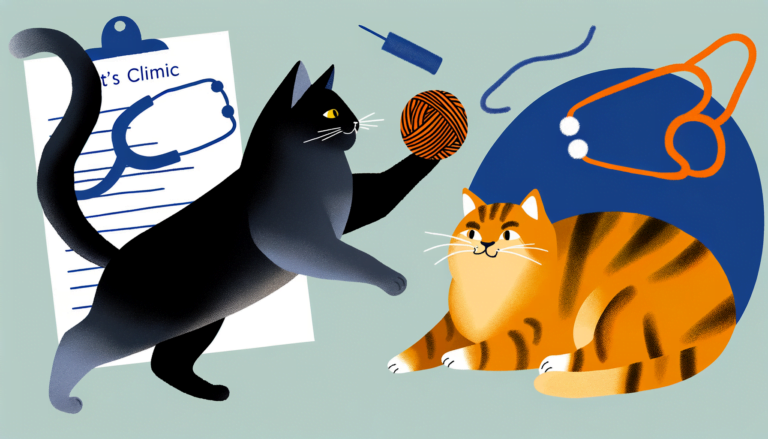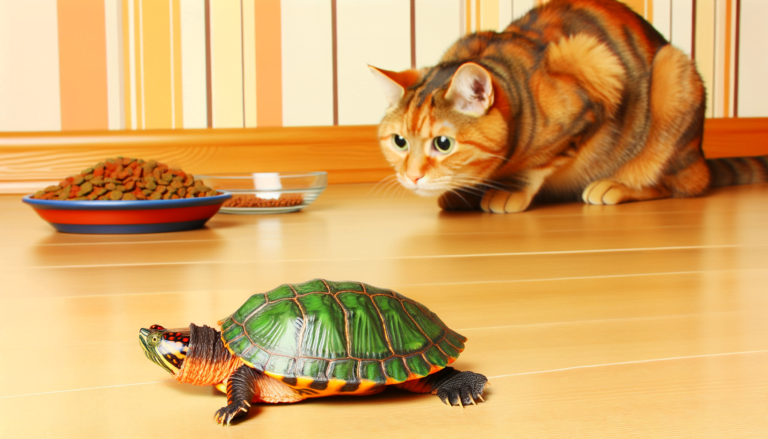Unlocking Feline Mysteries: Do Cats Have Lips?
Yes, cats do have lips. However, they are not the same as human lips. These thin, barely discernible flesh edges run along the opening of a cat’s mouth and underneath their fur. They lack the muscular structure and expressiveness distinctive of human lips, rendering them essentially functional in the consumption of food and drink.
Cats and Lips: Do They Exist?
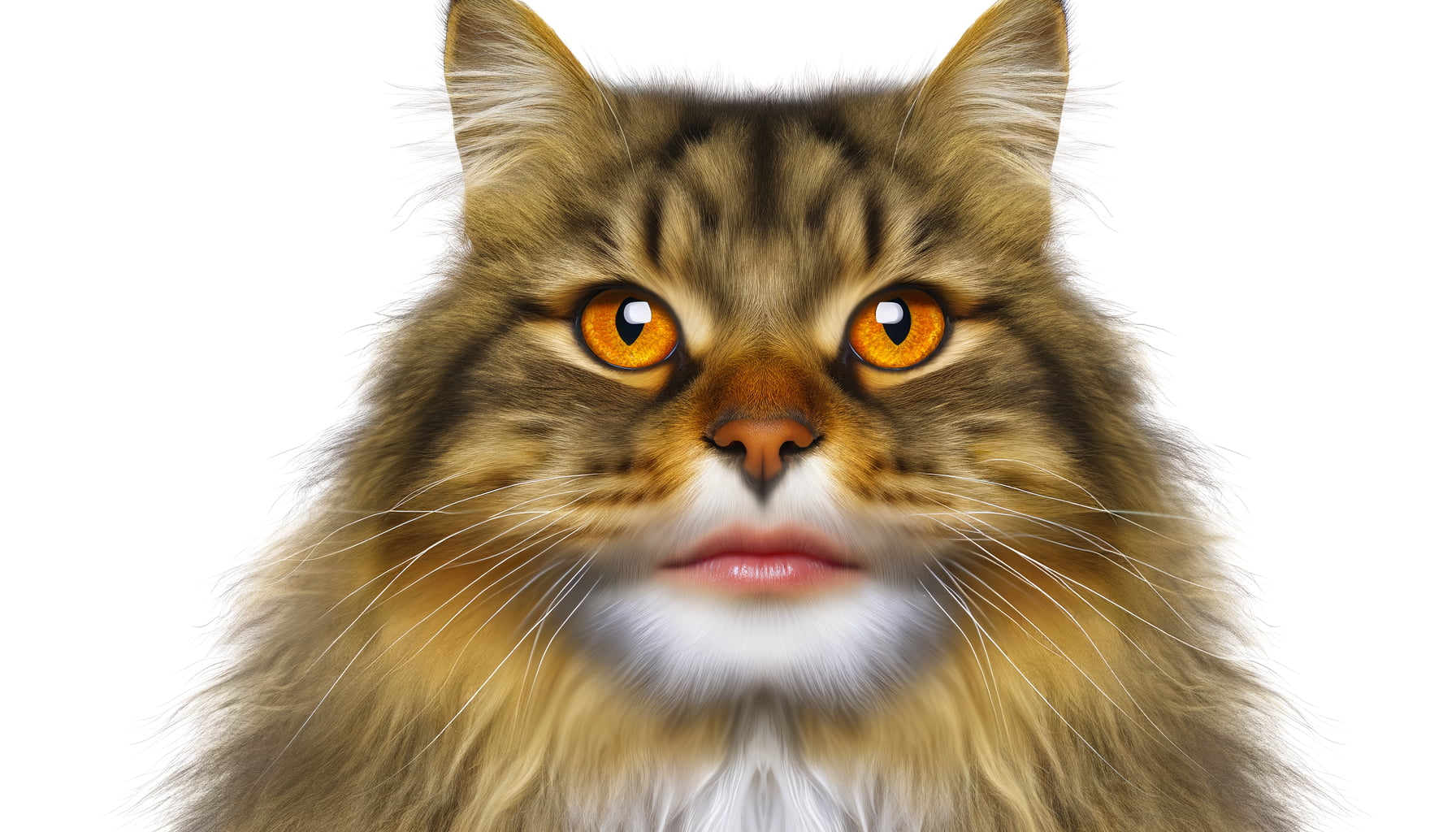
Initially, the question, “Do cats have lips?” may seem peculiar. However, upon further examination, it reveals aspects of the feline anatomy that are both fascinating and misunderstood. Yes, cats do possess lips. However, unlike humans, they are not as noticeable or agile.
Their lips are thin, flexible strips of flesh covering the jaws’ outer edges. These feline lips are primarily concealed by fur, making them less discernible than our prominent human lips. Furthermore, cat lips don’t have the musculature to move in diverse ways as human lips do – they remain relatively immobile.
Cat lips serve a vital role in their daily activities. They aid in eating, grooming, and expressing emotion. These small, subtle components of the cat’s mouth structure may not have the flair of their human counterparts, but they are every bit as essential to the cat’s livelihood. Their functionality and presence, albeit muted, point to a critical understanding of the intricate design of a cat’s facial anatomy.
Functionality of Feline Lips
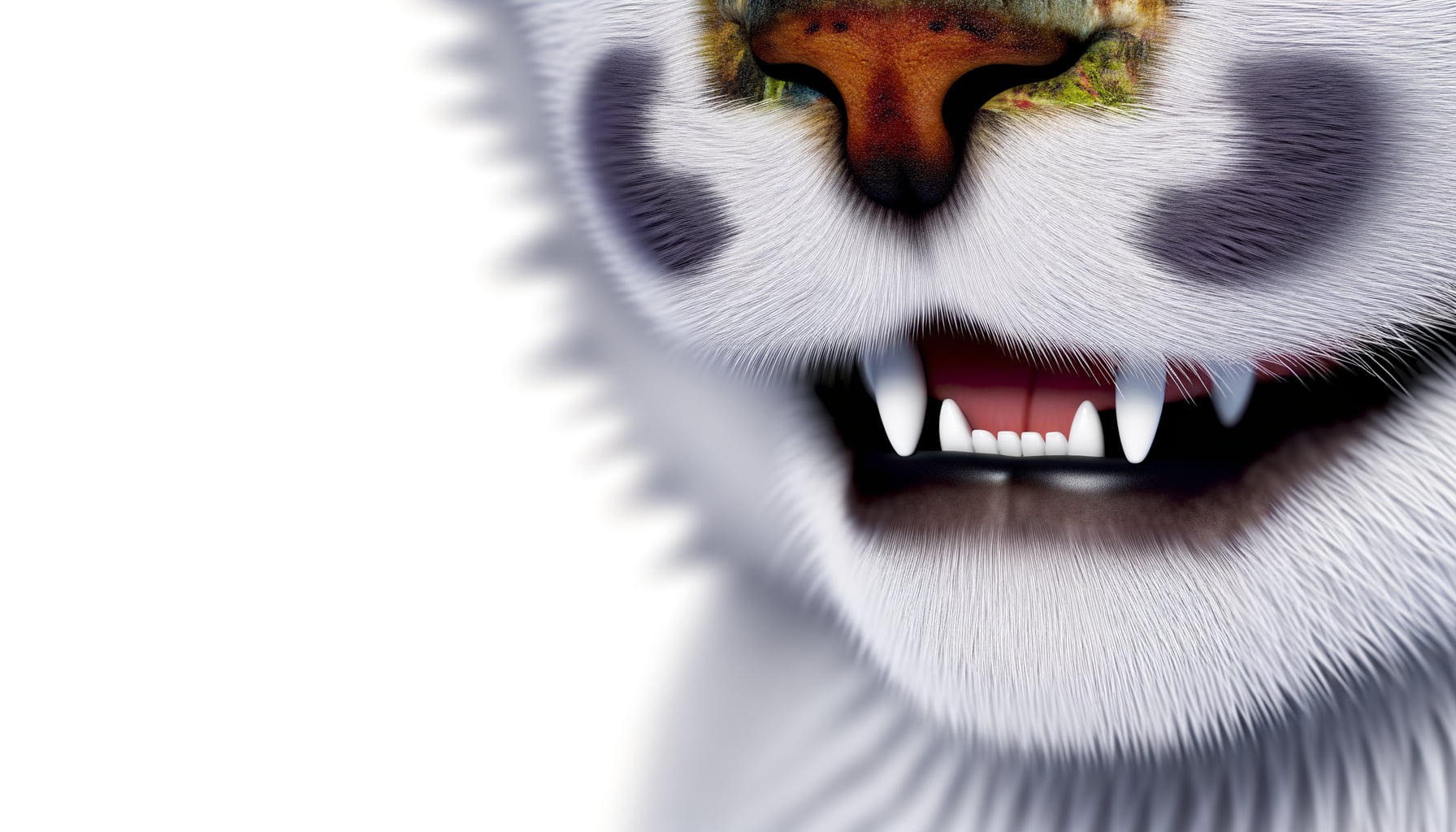
When we delve into the functionality of feline lips, we must first comprehend that cat lips differ vastly from human lips. Appearing like a thin line marking the opening of the mouth, a cat’s lips may often go unnoticed. However, their modest appearance belies their important role in a cat’s life.
One essential function is to retain food and liquid within the cat’s mouth. They closely restrict and control ingress and egress from the mouth, thereby enabling the cat to chew food efficiently and drink water successfully. Feline lips are also significant in expressing various emotions.
Cats use their lips, along with other facial features, to convey feelings such as fear, contentment, or aggression. Lastly, cat lips aid in grooming—Cats often moisten their lips with their tongues to clean their fur. Each of these aspects demonstrates the intricate and remarkable functionality of feline lips.
Comparison: Cat Lips vs. Human Lips
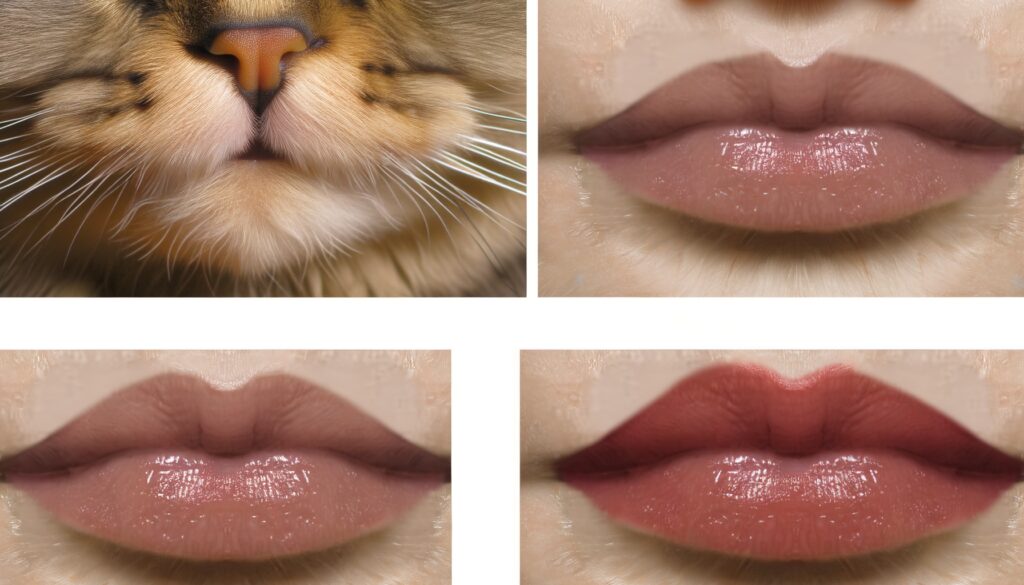
The comparison between cat lips and human lips is indeed fascinating. Cats certainly have lips, but they’re quite different from ours. In felines, the lips are thin, nondescript, and fit tightly around the teeth, functioning more as a barrier or seal. Unlike human lips, they don’t play a role in facial expression, food consumption or articulating speech.
On the other hand, human lips are full and expressive, employed readily in communication and serving essential functions in eating, drinking, and forming speech sounds. They’re also filled with sensory receptors, making them sensitive for tactile perception. Contrarily, cats rely more on their whiskers and nose for sensory input, giving them extraordinary abilities like detecting minute changes in their environment.
In summary, while both cats and humans have lips, their design, functionality, and purpose greatly contrast. This comparative analysis enlightens us on the remarkable adaptability of biological structures catered to the distinct needs of each species.
Understanding the Feline Anatomy: Mouth Structure
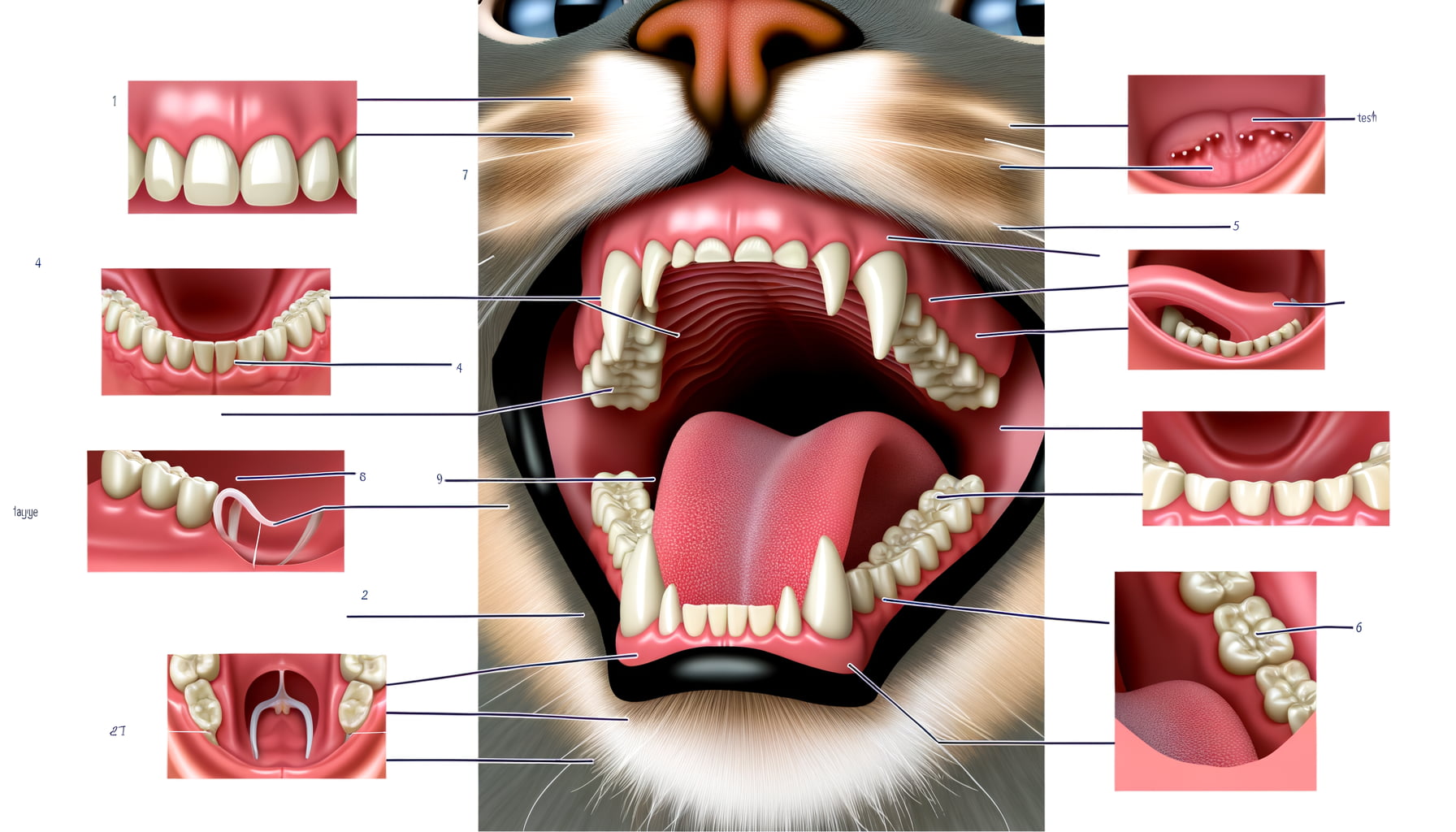
The intricate feline anatomy is a marvel of nature, laden with unique features adapted for survival and dominance in the wild. The mouth structure, a significant component of this complex system, is purpose-built for a carnivorous lifestyle. Feline mouths exhibit an expanse of sharp teeth designed for tearing into meat, supplemented by a rough-textured tongue to aid in grooming and feeding.
Unlike humans, cats do not display a prominent, easily identifiable lip structure. Instead, their lips are thin, almost skin-like folds that seamlessly blend with the rest of their facial fur. This subtlety often raises the question: Do cats have lips? The answer, surprising to some, is yes, but they are drastically different from what we perceive as lips.
This mouth structure serves several essential functions and is a testament to a feline’s predatory nature. The thin lips fit snugly against the cat’s teeth, aiding in preventing the escape of prey once caught. Besides, they aid in containment of saliva for smoother feeding and digestion, silently showcasing their survival prowess in their own right. With these fascinating functionalities, cat lips continue to play a unique albeit subtle role in our understanding of their anatomy.
Conclusion
After delving into the mysterious question of whether cats have lips, it is clear that feline anatomy continues to intrigue us with its enigmatic features. While the debate may persist, one thing remains certain – cats will continue to captivate us with their unique and fascinating characteristics.
As we continue to unlock the secrets of our feline friends, we are reminded of the endless wonders of the animal kingdom. The enigmatic nature of cats only adds to their charm and mystique, leaving us in awe of these graceful creatures that share our world.
